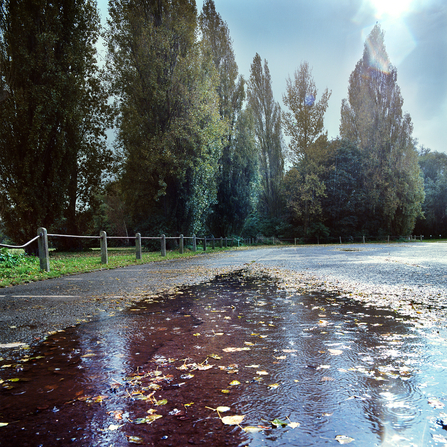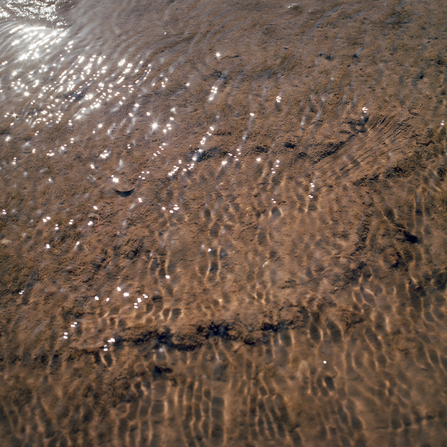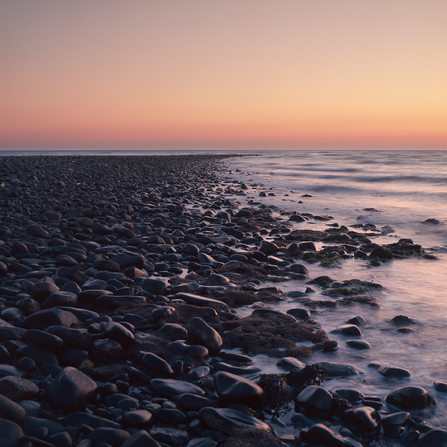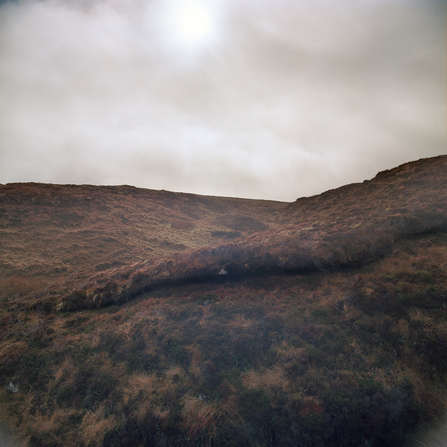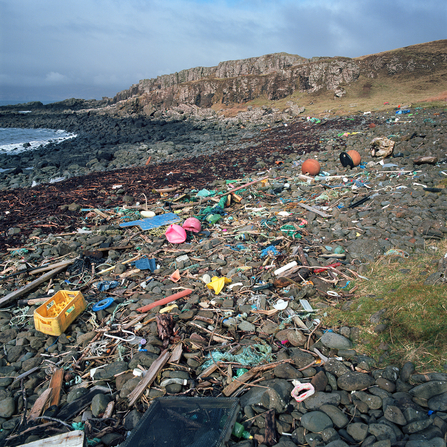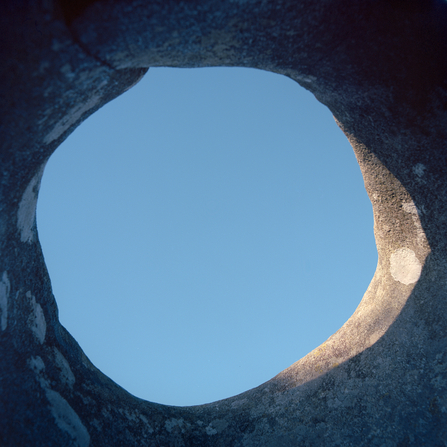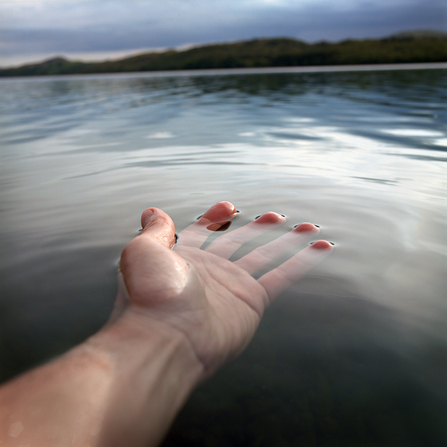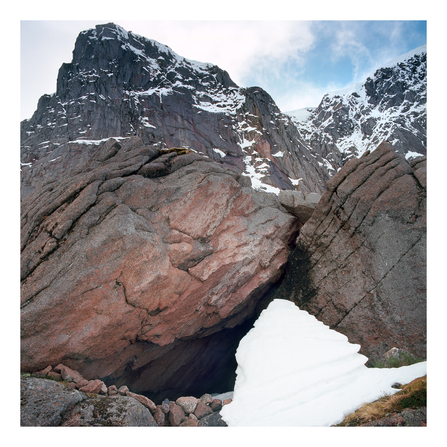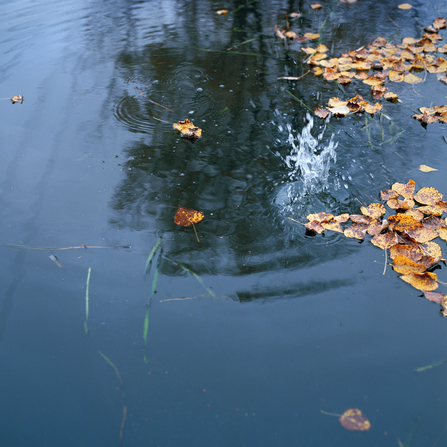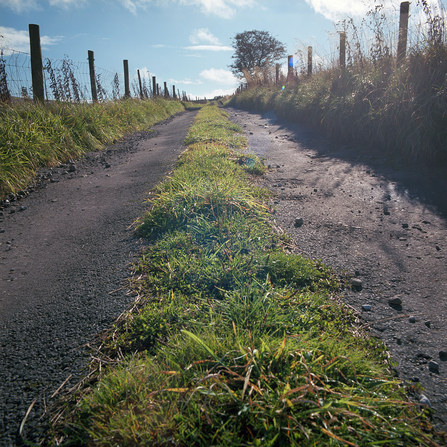Monkey's Birthdays and Fox's Weddings
Simultaneous rain and sunshine is a fleeting and often otherworldly event that has been given strangely similar idioms in a wide range of cultures around the world. In parts of Dorset and Somerset it’s know as a “monkey’s birthday”. In other countries animal nuptials seem to feature widely, apparently there are versions of “fox’s wedding” in Bangladesh, Brazil, Finland, Japan, Italy (Calabria and Salento) and Portugal. Bulgarians replace the foxes with bears, for the Koreans it’s tigers and the equivalent phrase in arabic is “the rats are getting married”. In France and Morocco it’s a wolf’s wedding. South Africans can choose between the Zulu phrase umshado wezinkawu, “a wedding for monkeys”, and the Afrikaans jakkalstrou, “jackals wedding”.
Hell and the devil are also commonly invoked. The Dutch and Germans have versions of “There’s a party going on in hell”. This is already a lot of coincidences but just pause for a moment to consider the extraordinary fact that the people of the Pacific island nation of Vanuatu and the disputed Black Sea republic of Abkhazia have both independently decided on the same story: in the Bislama pidgin of Vanuatu it’s “ol devel oli mared” or “the devils are getting married”, which is an identical phrase to the one used in Abkhazia.
Hawaii has my favourite phrase - “ghost rain”, which I think captures the weird atmosphere of this phenomenon beautifully.
The Hungarians offer an altogether darker interpretation with “the devil is beating his wife” and other variations on this theme of demonic domestics abound in the US, where there are even associated instructions on how to eavesdrop on the commotion: by putting your ear to a rock, or to a pin in the ground, or to a horseshoe wrapped in cloth on the ground.
In Russia they call it “mushroom rain”, which for me conjures images of nuclear fallout but which is presumably because the combination of warmth and moisture is good for fungus. Hawaii has my favourite phrase - “ghost rain”, which I think captures the weird atmosphere of this phenomenon beautifully.


